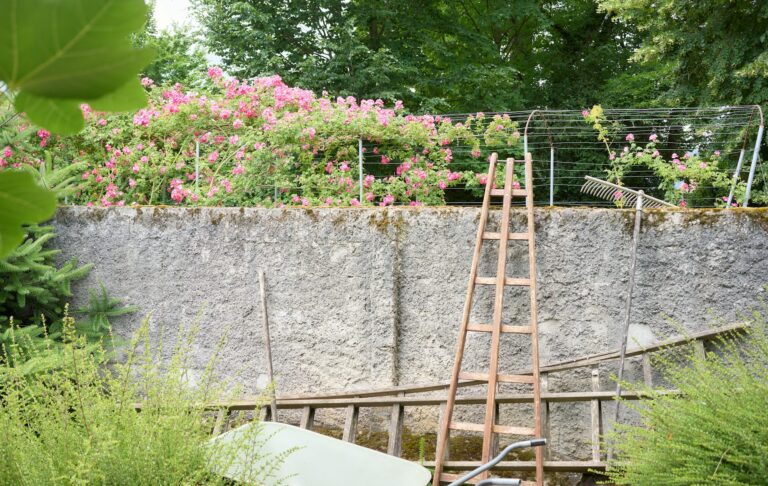There are three main conditions for a plant to grow: soil, water, and light. They are required in that; however, they vary in quantity for different plant varieties. For instance, some plants grow well in sunny areas, while others prefer low-light conditions.
But how do you know if the light is enough for a plant? Well, for starters, you can read about the conditions favorable for a plant to grow. Secondly, you can purchase a gardening light meter to measure the amount of light the plant receives from the sun.
The amount of light plants receive is counted as lumens (lux). So, the light meter for gardening measures the number of lumens that the plant receives. You can determine whether the plant receives more or less light from there.
Some gardening light meters measures using Photosynthetic Photon Flux Density (PPFD). They assess light intensity or Photosynthetic Active Radiation (PAR) to measure the range of light a plant uses to grow.
Choosing the best gardening light meter will ensure that your plants don’t die because of a lack of light. By calculating the intensity of light a plant receives, you can balance its light requirements to match its adaptations.
For instance, cacti is a desert plant that requires direct sunlight to grow. A cactus will require less water if the light is indirect or not bright enough. But, it won’t be able to photosynthesize the same way as those cacti with bright light. It will have less photosynthesis, thus growing slowly.
The best Gardening light meter to purchase
We have researched the best light meter for gardening that can be useful when caring for plants.
Since there are a variety of light meters that combine for moisture and soil testing, we opt to keep them separate because each test requires its equipment to avoid taking wrong readings based on confusion.
Dr. Meter Digital Light Meter
Features
Accuracy — ±3% ±10 digits (0-20,000 lux) or ±5% ±10 digits (over 20,000 lux)
Repeatability —- ±2%
Temperature characteristics —- ±0.1%C
Operating temperature —- 32 – 104 degrees F
Sampling rate —– 2-3 times per second
Battery life —- 200 hours
Dr. Meter is the best light meter for gardening, with four range settings to ensure dynamic metering. These ranges include 0/200/2,000/20,000/200,000 Lux. The meter is accurate when measuring the light intensity. It has auto-zeroing capabilities for accuracy.
It has an EZ-read display to ensure that you can read the measurements clearly. The display is a 3 ½ digit 18 mm LCD. Also, the available switches give you control over Data Hold and Peak Data hold when recording the data.
The light meter weighs about 12 ounces, which is light and can penetrate through small spaces. Also, it’s easy to carry around.
URCERI Light meter
Features
Measuring range — 0- 200,000 lux
Accuracy — ±3% rdg ±8 digits (<10,000 lux), ±4% rdg ±10 digits (>10,000 lux)
Sampling rate — 2 times per second
Battery life — 60 hours
URCERI makes high-quality light meters that can measure luminosity, temperature and data hold. It can measure light intensity up to 200,000 lux.
The meter is easy to use with a few buttons. It is accurate and produces a fast response when directed to the light source. The response rate of the meter is twice per second, which is quite fast compared to other equipment.
It has a unique 4 digital LCD screen that shows clear readings and a low battery indication. The screen has an auto power-off function that turns the meter off when it’s idle for about 15 minutes.
The light meter weighs 6.4 ounces with batteries included, which makes it light and easy to carry around.
Cresea Digital light meters
Features
Measuring range — 200,000 lux
Accuracy —- ±3% ±10 digits (<10,000 lux), ±4% ±10 digits (>10,000 lux)
Sampling rate — 2 times per second
Battery life —- 60 hours
The light meter has a measurement range of up to 200,000 lux. With this range, it can measure both physical and natural lighting. The lens can rotate 180 degrees depending on the conditions and the type of test you want.
It has an LCD screen that has backlit to see during dark hours. The meter also has a sensor that can test real-time temperature. Most light meters measure using lux but, this one allows you to switch between Lux and foot candles.
How does a Gardening light meter work?
A gardening light meter works by measuring the brightness and intensity of light in a space and then providing you with a numerical value of the measurement. The intensity of light is measured in lumens, LUX (the source of light from a single candle equal to one lumen per square meter), or foot candles (a source of light equal to one lumen per square foot).
When you measure using foot candles, you find that low light is between 25 and 75-foot candles, medium light is between 75 and 100 foot candles, and high light is above 150-foot candles.
How to measure light using a light meter
Once you purchase a gardening light meter, read the instructions to know the measurements available to measure with.
First, turn on the light meter and hold it near the plant in a direction facing the light source. It doesn’t have to touch the plant for it to work. Once it’s near the plant, you will get a reading on the screen.
Secondly, right down the number and cross-check it with the handy chart provided on the package. Finally, try to take as much reading as you can throughout the day so that you have a basic idea of the light your plant receives throughout the day for at least 16 hours. The chart on the package provides you with a number that represents the minimum amount of light a plant can receive for at least 16 hours a day.

